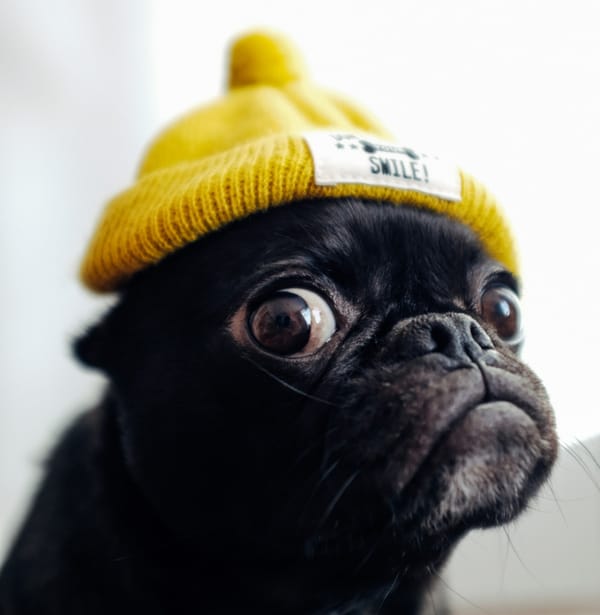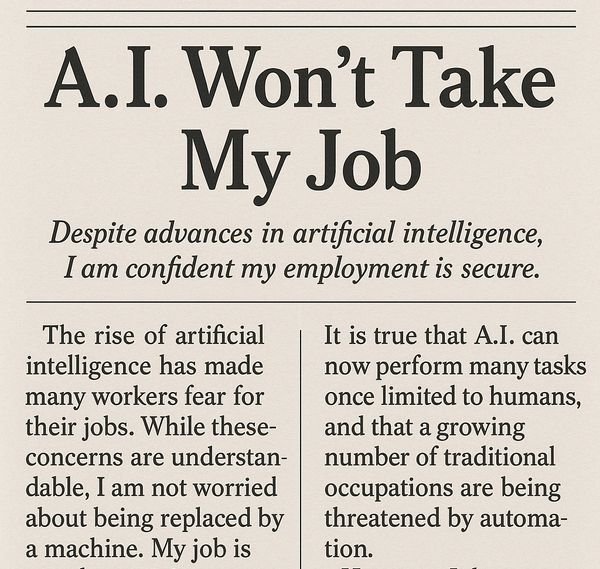How to tell a story
Six arcs to help you craft a better story.

My photo is uncomfortably large on the front page of Lovers Magazine, truly grateful for the feature, but damn, for those of you who know me in real life, I really hate looking at myself. 😨
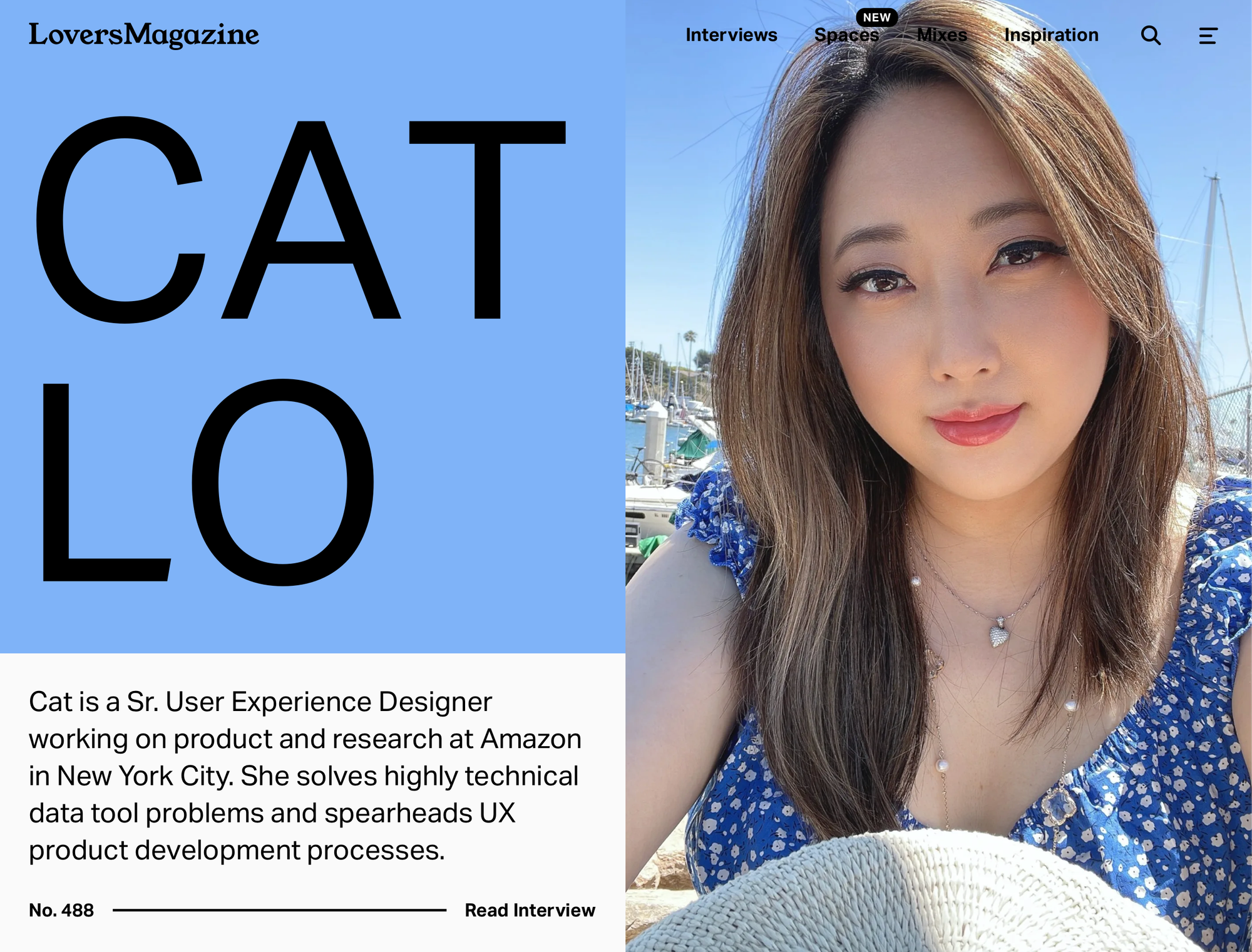
I'm truly grateful to the owners of Lovers Magazine, and I'm happy to welcome new readers! 👋🏻 Hi Chufan, Winitri, Nelly, Kijoo, Yinjian, and thank you, Ben, for supporting me with a premium subscription.
The more people subscribe, the more intimidated I get. I'm making sure each email you receive is short and relevant to your interests.
For all the new people, did you know that these topics are generated from questions I get asked personally. You can reply to this email with your question or submit one at the top of this site.
Problem
You don't know how to position your story. 5 ways to think about it:
- Tell a story. Facts and numbers add credibility and context, but stories add emotion.
- KISS (Keep it Simple, Stupid). What does the audience get out of this? Create the space to let a single message sink in. When you illustrate a point, one image is enough. You don't need five.
- Prepare. Many people think this isn't necessary and wing it on the go. It never ends well, and the audience knows. Are the audience engaged and involved with what you are saying? Put some personality and flavor into this.
- Listen and observe. If someone says, "can you tell me what was the problem you are trying to solve and how did you know when you're done?" That's the key indicator that your entire presentation is a miss.
- Practice. Record yourself and watch. Send it to your mentor, see if the message is loud and clear.
Six Storytelling Arcs
A storytelling arc is the structure or sequence of events that a narrative follows to engage and captivate the audience. Understanding storytelling arcs is important to effectively convey your message, engage your audience, and leave a lasting impact.
1 & 2. Rags to Riches (rise or fall)
Rags to riches describes a story that either increases or decreases. This storyline is ok, but not great.
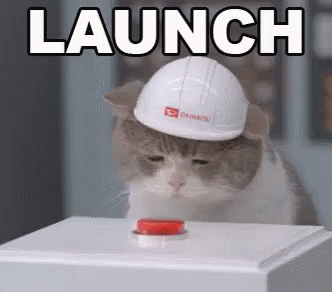
I worked on this design, talked to developers, and greatly launched.
I'm a designer starting in a small design agency, struggling with limited resources and projects. Through dedication and relentless pursuit of improvement, I land a position at a renowned tech company, leading high-impact projects and being recognized as a design influencer in the industry.
[Rise ↑] This storyline sounds absent of anything interesting because everything is too perfect. It raises serious suspicion. In Disney's Tangled, the princess gets rescued from a tower and life becomes incrementally better.
I worked with a founder, who insisted micro-managing every aspect of design. When designs launched, it didn't perform the way he intended. This is why my project looks like this today.
I began as a designer in a small studio and climbed to success at a prestigious tech firm. The pressure that came with it drained my creativity. Lost in the demands, I took a step back, rediscovered my passion, and found a new balance in my work.
[Fall ↓] Life was good, until it was bad, then it just gets worse. This type of story leaves the audience questioning, so what now? You find these stories usually with mental health struggles.
3. Cinderella (rise, fall, rise)
Another common arc that follows the hero's journey, found common in Disney movies with happy endings.
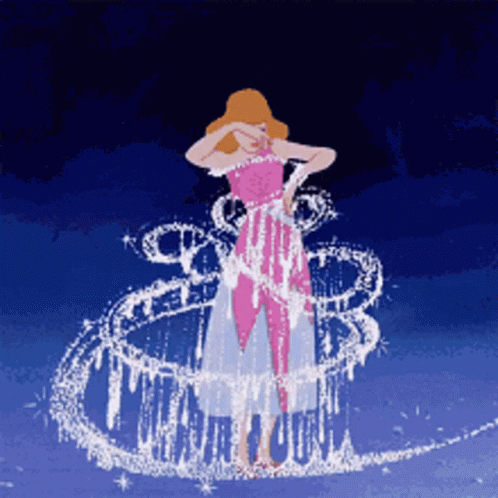
I came back from vacation and the design wasn't what I made. Teammates and leadership were angry. I tried to mediate all sides, and proposed these solutions. The solutions were reluctantly agreed upon. We showed small wins, and then turned up the speed. In the end, everybody walked away happy.
Above is a generic summary of my story of how to raise the bar on quality from Mental Model: Process over Outcomes with Mechanism. I told the story where I was the hero, trying to save the design.
I quietly honed my design skills in a small, overlooked studio, until one breakthrough project caught the eye of a renowned design influencer. Their endorsement catapulted me into the limelight, granting access to exclusive design ventures and transforming me into a recognized industry figure.
4. Man in a Hole (fall, rise)
This is a common arc, where the story slowly falls into a new low, and positive ending at the end.

We proposed Z design to stakeholders, but they disagreed with direction because of X and Y reasons. We iterated and aligned our disagreements and presented new solution to our leaders. Our leaders disagreed to the direction and we had to rework from the drawing board. I changed my strategy by showing designs often to reduced the churn. Our project launched and it was amazing.
This story gives the audience an idea of how ambiguous and difficult the project was before your goal is reached. Alice in Wonderland is one of this story arc.
After years of success, I hit a creative block, feeling stuck in a cycle of uninspired designs. Taking a break, I delved into new techniques and perspectives, reigniting my passion and guiding me towards innovative solutions.
You can also create double man in hole, where the story structure rise and fall twice. Disney's Lion King is a double.
In my career, I faced a creative slump and sought rejuvenation, finding brief success before falling into another, deeper hole of stagnation. Taking a second hiatus, I delved into unconventional design methods, emerging with a renewed passion that propelled me to greater heights and helped me steer clear of future pitfalls.
5. Icarus (rise, fall)
Icarus is a Greek mythology about a boy who created wings made from wax, flies too close to the sun, then falls to death.

I proposed a durable, long-term framework for this organization. We had everybody agree to the intention, but we don't have resources to back this program in 2023.
In this example, it's one I've heard from many designers. This story could be 1) not framed properly, 2) need more time for the story to play out, or 3) you are proposing change. This is one of the more common stories UX people often write to describe what the problem is and how the design will resolve it.
Riding the wave of early victories, I overcommitted to an ambitious project without thorough preparation, leading to setbacks that humbled me, encouraging a more measured and balanced approach.
6. Oedipus (fall, rise, fall)
This is the hardest arc to pull off. The designer's realization of a core flaw in their design philosophy or approach that, once acknowledged and rectified, leads to a significant evolution in their design process and professional growth.
I discovered flaws in my design philosophy, leading to a period of reflection and adjustment, ultimately refining my process for continued success and relevance.
Conclusion
Which one do I use? It depends on what you intend to say.
If I were to pick one to start, I'd go with #4 Man in a Hole. Designers are always in a hole. 🕳️ We face obstacles during the design process. We overcome challenges and emerge is compelling and inspiring narrative.
Why would you want to subscribe? Well, why wouldn't you? If you like this content, consider supporting me, your independent writer with a coffee. ☕️
Have a great week ahead,




